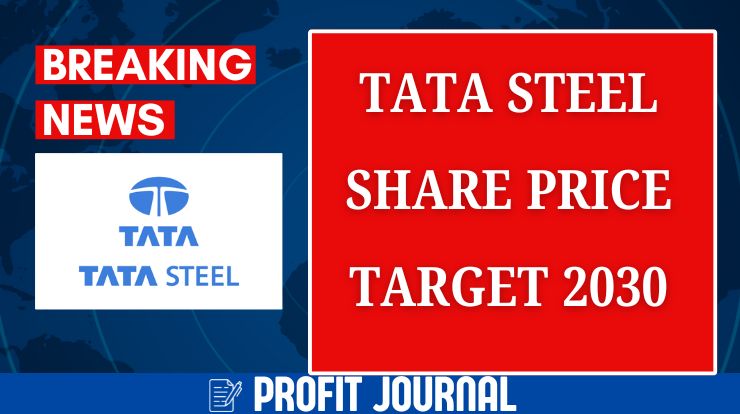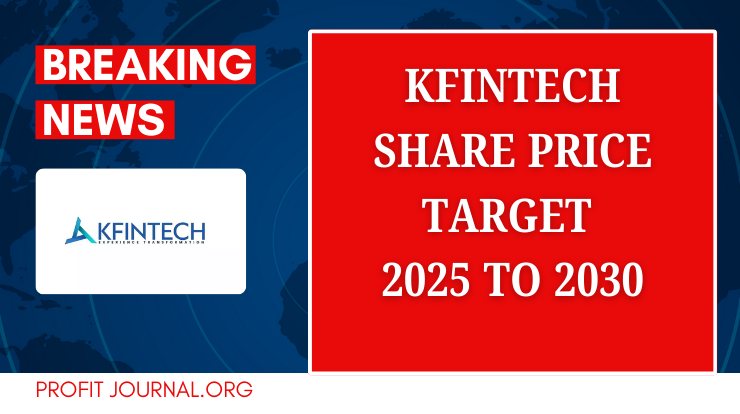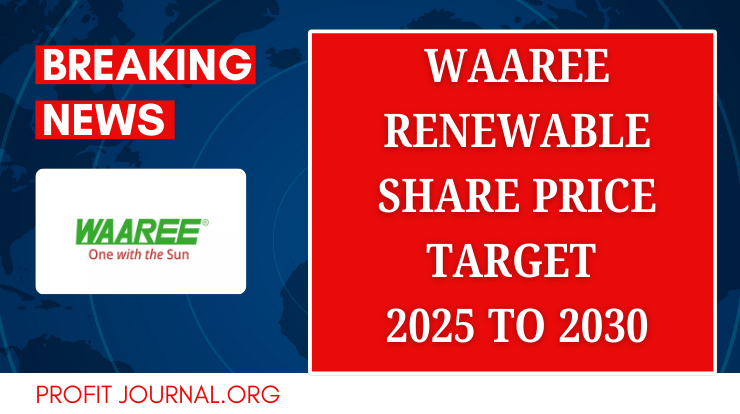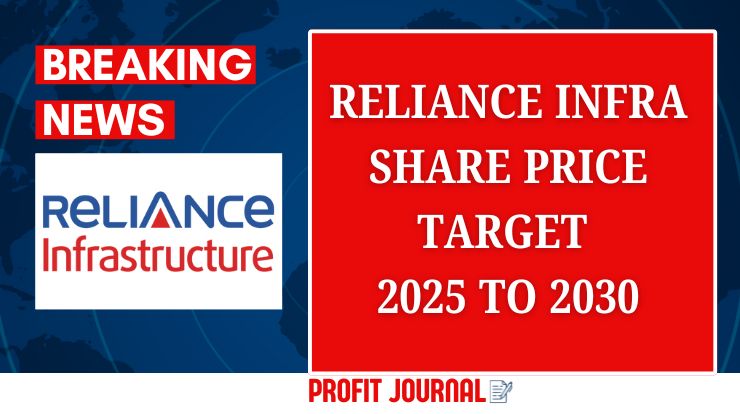TATA Steel Ltd, established in 1907, is one of India’s largest and most respected steel companies. As part of the Tata Group, it has a strong legacy of innovation, sustainability, and global presence. With operations spanning India, Europe, and Southeast Asia, TATA Steel is a key player in the global steel industry. In this article, we’ll analyze TATA Steel’s historical performance, growth drivers, and provide a detailed share price target for 2030.
Table of Contents
Historical Performance and Market Overview:
TATA Steel has consistently demonstrated resilience and growth, even during challenging market conditions. Here’s a snapshot of its current market performance:
TATA Steel Market Overview
| Metric | Value |
|---|---|
| Open Price | ₹143.90 |
| High Price | ₹145.49 |
| Low Price | ₹143.05 |
| Previous Close | ₹143.39 |
| Volume | 29,742,979 |
| Value (Lacs) | ₹42,990.50 |
| VWAP | ₹144.47 |
| P/E Ratio | 61.38 |
| Dividend Yield | 2.49% |
| 52-Week High | ₹184.60 |
| 52-Week Low | ₹126.50 |
| Market Cap | ₹1.81 Lakh Crore |
Key Drivers Influencing TATA Steel’s Growth:
Several factors will shape TATA Steel’s future performance and share price:
1. Global Steel Demand:
- The global steel industry is projected to grow at a CAGR of 3.5% from 2023 to 2030, driven by infrastructure development and urbanization.
- TATA Steel’s strong presence in Europe, the UK, and Southeast Asia positions it well to capitalize on this growth.
2. Domestic Infrastructure Projects:
- India’s focus on infrastructure development, including smart cities, highways, and industrial corridors, will boost steel demand.
- Government initiatives like “Make in India” and “Atmanirbhar Bharat” will further support domestic steel production.
3. Sustainability and Green Steel Initiatives:
- TATA Steel is committed to reducing carbon emissions and adopting green technologies, which will enhance its brand value and attract ESG (Environmental, Social, and Governance) investors.
4. Technological Advancements:
- Investments in automation, AI, and advanced manufacturing techniques will improve efficiency and reduce costs.
TATA Steel Share Price Targets:
Based on historical trends, industry growth projections, and TATA Steel’s strategic initiatives, here are the share price targets for 2024 to 2030:
TATA Steel Share Price Targets (2024–2030)
| Year | Share Price Target (INR) | Key Growth Drivers |
|---|---|---|
| 2024 | ₹185 | Steel demand recovery, infrastructure projects. |
| 2025 | ₹216 | Technological advancements, global expansion. |
| 2026 | ₹245 | Sustainability initiatives, cost efficiency. |
| 2027 | ₹280 | Emerging market growth, innovation. |
| 2028 | ₹320 | Increased global demand, operational efficiency. |
| 2029 | ₹365 | Green steel adoption, market leadership. |
| 2030 | ₹413 | Long-term sustainability, global infrastructure growth. |
Risks and Challenges:
While TATA Steel has a promising future, investors should be aware of potential risks:
- Fluctuating Raw Material Prices: Rising costs of iron ore and coking coal could impact profitability.
- Global Economic Slowdown: A recession in key markets like Europe could reduce demand.
- Regulatory Changes: Stricter environmental regulations may increase compliance costs.
Competitor Analysis:
TATA Steel operates in a competitive market. Here’s a comparison with its key competitors:
Table: TATA Steel Competitors (Market Capitalization)
| Company | Market Cap (INR Crore) |
|---|---|
| JSW Steel Ltd | ₹1,83,000 |
| Steel Authority of India | ₹40,000 |
| Jindal Steel & Power Ltd | ₹64,000 |
| NMDC Ltd | ₹47,000 |
| Hindalco Industries Ltd | ₹1,04,000 |
Financial Performance:
TATA Steel’s financials reflect its resilience and adaptability. Here’s a snapshot of its performance:
TATA Steel Financials:
| Metric | Value (INR) | Y/Y Change |
|---|---|---|
| Revenue | 2.29T | -5.83% |
| Operating Expense | 1.04T | +5.71% |
| Net Income | -44.37B | -150.65% |
| Net Profit Margin | -1.94% | -153.89% |
| Earnings Per Share | ₹9.57 | -27.14% |
| EBITDA | 213.20B | -28.20% |
TATA Steel Shareholding Pattern:
TATA Steel’s shareholding pattern reflects a balanced mix of promoters, institutional investors, and the public:
| Category | Percentage |
|---|---|
| Promoters | 33.19% |
| FII | 20.32% |
| DII | 23.52% |
| Public | 22.97% |
Conclusion:
TATA Steel’s share price target for 2030 looks promising, driven by strong global demand, domestic infrastructure projects, and the company’s commitment to sustainability. While there are risks, TATA Steel’s strategic initiatives and market position make it a compelling investment opportunity for long-term investors.



